Ultra-warm and ultra-sustainable: Paka Apu Parka review
Content is created by CNN Underscored’s team of editors who work independently from the CNN newsroom. When you buy through links on our site, CNN and its syndication partners may earn a commission. Learn more
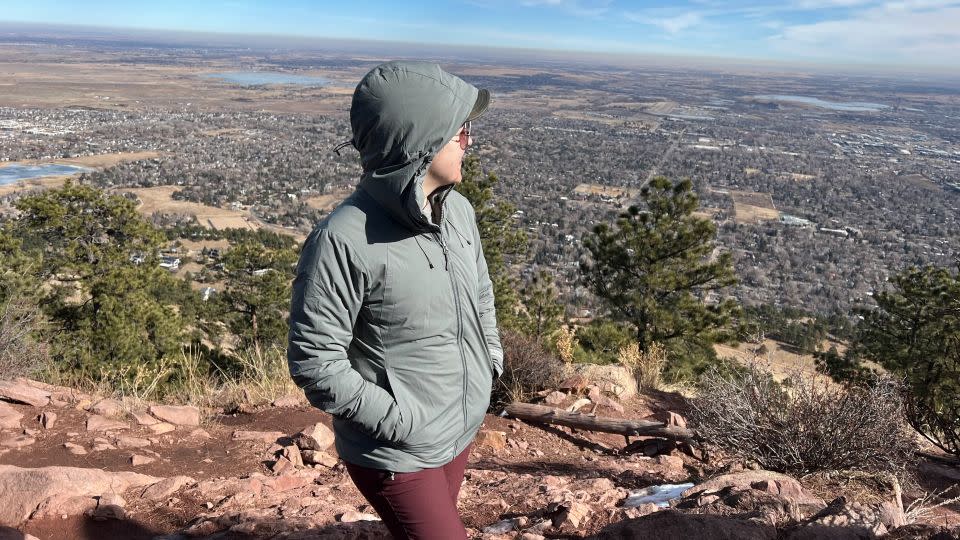
When a new piece of outdoor gear wins a major award, we take notice. So, when Paka’s ultra-cozy Apu Parka picked up an ISPO prize for its innovative Pakafill insulation — a sustainable and regenerative alternative to down and synthetics — we knew we had to get our hands on one of these new sustainable winter jackets.
Not only is this all-new, patent-pending insulation more sustainable than its competition, but alpaca fibers are also naturally antimicrobial, odor-resistant and warm even when wet. This makes the materials used in the Apu perfect for use on long treks and in extreme outdoor conditions.
I’ve been testing both of Paka’s new jackets — the Apu Parka and the Apu Lightweight Puffer — for the last few months, wearing both of them in winter snowstorms, on mellow ski days and out for chilly neighborhood dog walks. Though the two jackets are truly outstanding in function and comfort, we’re going to feature the warmer Apu Parka here, which is stuffed with Pakafill, the alpaca insulation that tested warmer than all synthetic insulation on the market today, according to the IDFL Laboratory and Institute.
Let’s get into what makes this extra-warm puffy such a standout.
Paka Men’s Apu Parka
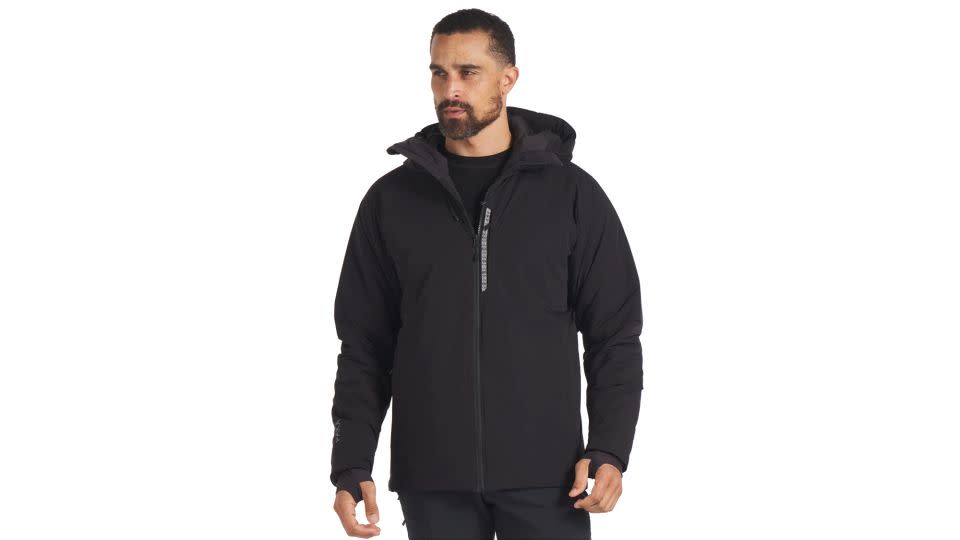
Warmer than any down alternative on the market and naturally odor-resistant, Paka’s Apu Parka is a phenomenal alternative to your average feather-stuffed hoodie.
Paka Women’s Apu Parka
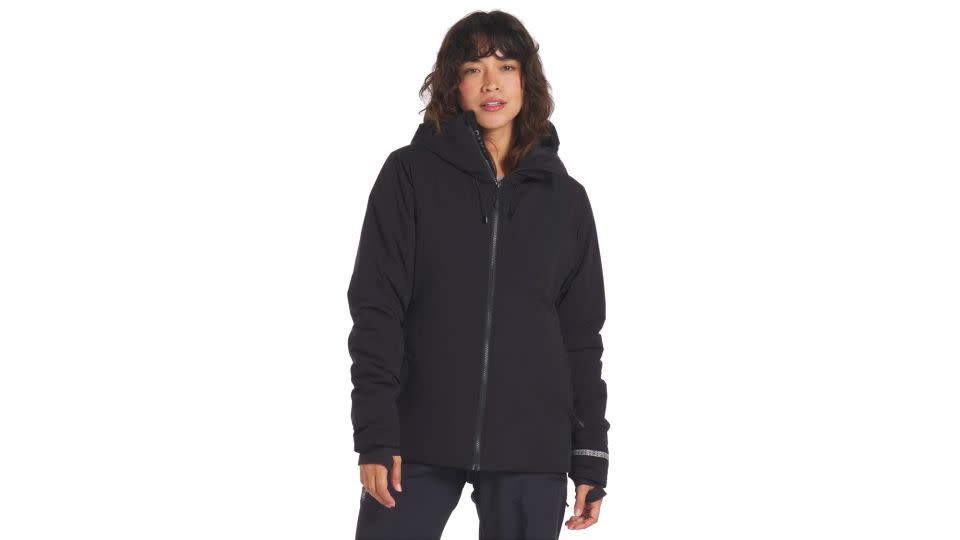
Made with sustainable, award-winning alpaca fiber filling, this lightweight wonder is designed for temperatures ranging from -20 to 50 degrees Fahrenheit and insulates well, even when wet.
What I liked about it
There are tons of things I adore about the new Apu Parka by Paka, like its award-winning renewable insulation, excellent pocket design and superior warmth. Here are a few of the top reasons I recommend this puffer.
Awesome insulation
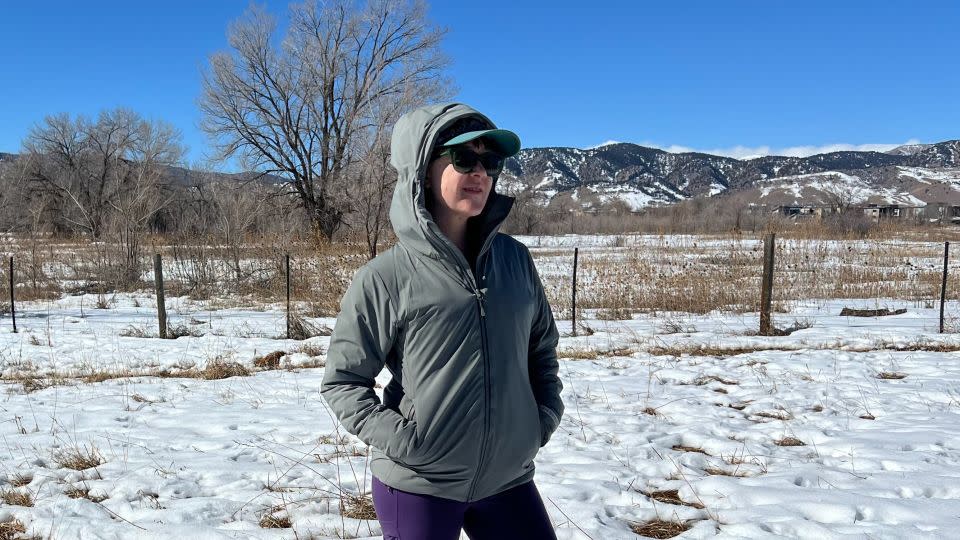
According to the IDFL Laboratory, which tests and inspects textiles for their adherence to certain fill and organic standards (like the Responsible Down Standard), Paka’s new Pakafill insulation is warmer than all synthetic fillings on the market today. That’s huge news for those of us who’d prefer a down alternative.
Not only is this high-tech alpaca fiber filling uber-warm, but it also naturally manages moisture and insulates even when wet, which is ideal for high-intensity winter pursuits like backcountry skiing, trail running or snowshoeing. Alpaca fibers have natural air pockets that make them the best natural textile at repelling moisture (8% moisture retention rate), as opposed to wool, which has an 18% to 20% moisture retention rate.
And, because it’s made of natural fiber (like wool), and not shredded-up plastic, the jacket is odor-resistant and antimicrobial, both of which are big benefits on hut-to-hut trips and overnight backpacking treks when a washing machine might be scores of miles away.
Cozy thumb loops
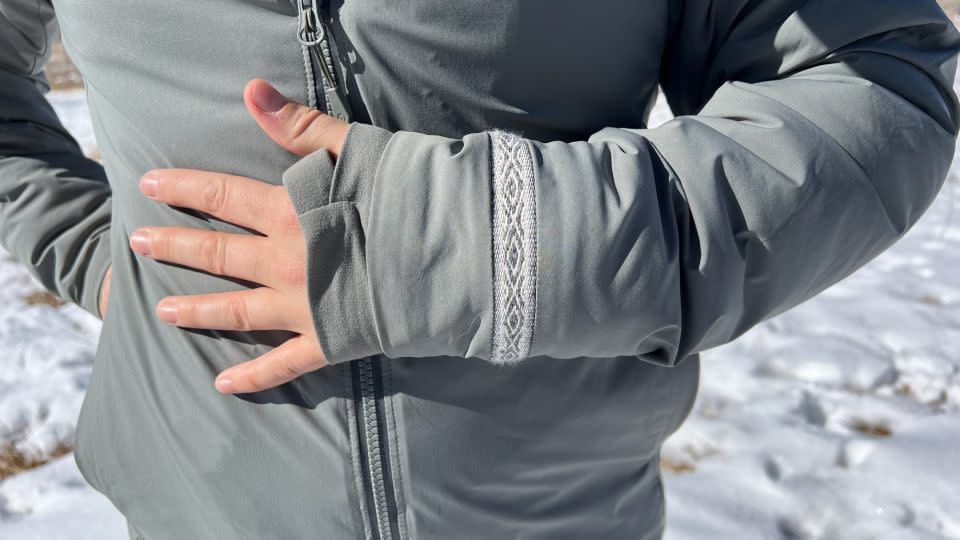
“Oh my gosh, thumb loops,” was probably the first thing I exclaimed when I initially slipped on the Apu Parka to assess its materials and fit. Unlike the brand’s less-warm Apu Lightweight Puffer, the Parka is designed to trap as much warmth as possible, and Paka has built in a set of hand covers with thumb loops, made with buttery-soft Bluesign-certified 100% recycled polyester. Personally, I love them on those bleary early-morning dog walks when I often forget to throw on a pair of gloves — they have saved my precious hands more times than I can count.
Great pockets
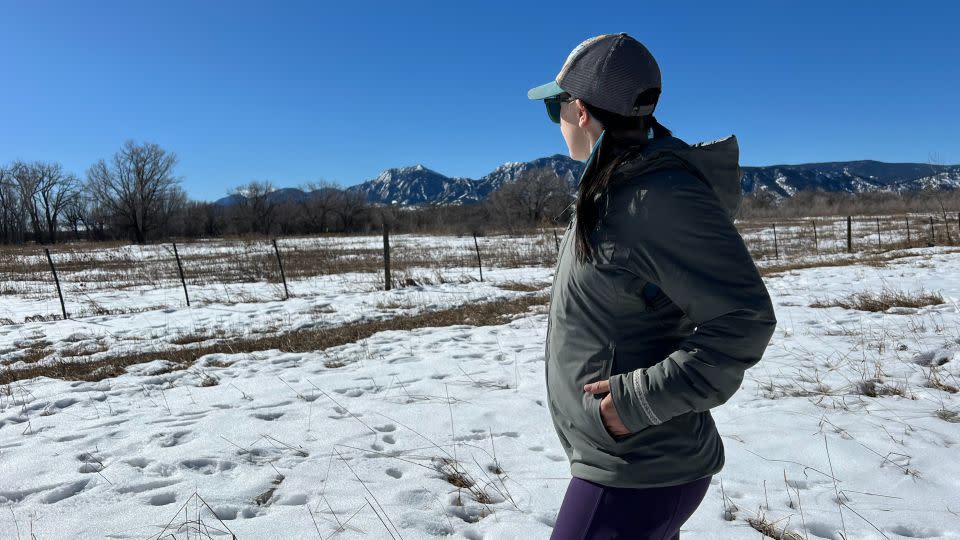
Paka has designed its Apu Parka like a true belay puffy or backcountry jacket, meaning that, apart from boasting a helmet-compatible hood, it sports a bevy of well-sized, zippered pockets (two hand pockets and one inner chest pocket). In addition to these, the Apu Parka has two large elastic pouches inside, ideal for stashing your ski skins or a pouch of water you don’t want to freeze.
Whether I’m walking my dog around the neighborhood in a brisk breeze or heading to my local ski hill to knock out a few laps, I like to use the Apu’s secure, zippered pockets to stash my keys, phone, lip balm and a protein bar, so I don’t have to get weighed down by a cumbersome purse or backpack.
Sustainable
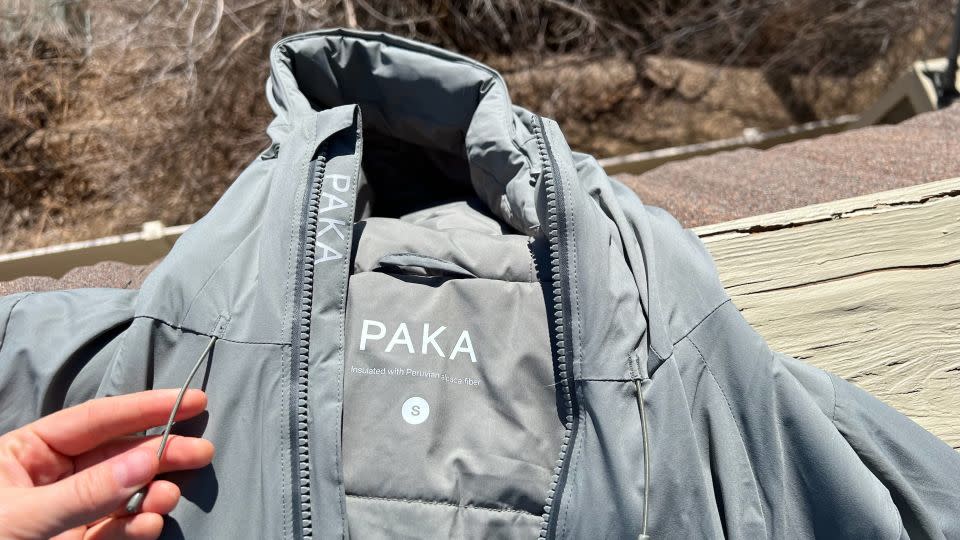
As I mentioned earlier, the reason Paka’s Apu Parka won a coveted ISPO award is because of its all-new, ultra-sustainable alpaca fiber insulation, which also happens to be warmer than all of its non-down competition. Taking traceable and regenerative fibers from free-roaming alpacas in Peru, which thrive in harsh Andean climates above 13,000 feet, Paka has upended the insulation game by creating an all-natural down alternative that’s lightweight, packable, extremely warm and naturally adept at managing moisture. As if that wasn’t enough, each jacket comes equipped with a QR code so that consumers can trace the GPS coordinates of where the fibers originated.
But the inner stuffing isn’t the only thing that’s eco-friendly. Not only is this hoodie’s shell stitched with Bluesign-certified nylon, but the garment’s lining is also made with 100% recycled polyester. Its parent company, Paka, is also a Certified B Corporation that employs more than 150 female artisans in Peru.
What I didn’t like about it
To be honest, there’s not a whole lot I didn’t love about the Apu Parka, but here are a couple of specs to be aware of before investing in this awesome hoodie.
It’s expensive
Sometimes, in the world of outdoor apparel, peak performance also means peak pricing. At $349, the Apu Parka certainly isn’t cheap, but it’s in the same price range as other top brands’ premium down hoodies. We feel that the extra cost is worth it for the superior insulation and earth-friendliness this garment provides (plus, pit zips make it adaptable to a wider variety of temperatures), but if the price is a huge sticking point for you when considering a hooded puffy jacket, check out Paka’s less-warm Apu Lightweight Puffer ($279) or Decathlon’s Forclaz MT100 Hooded Down Puffer ($100).
Too warm for shoulder season
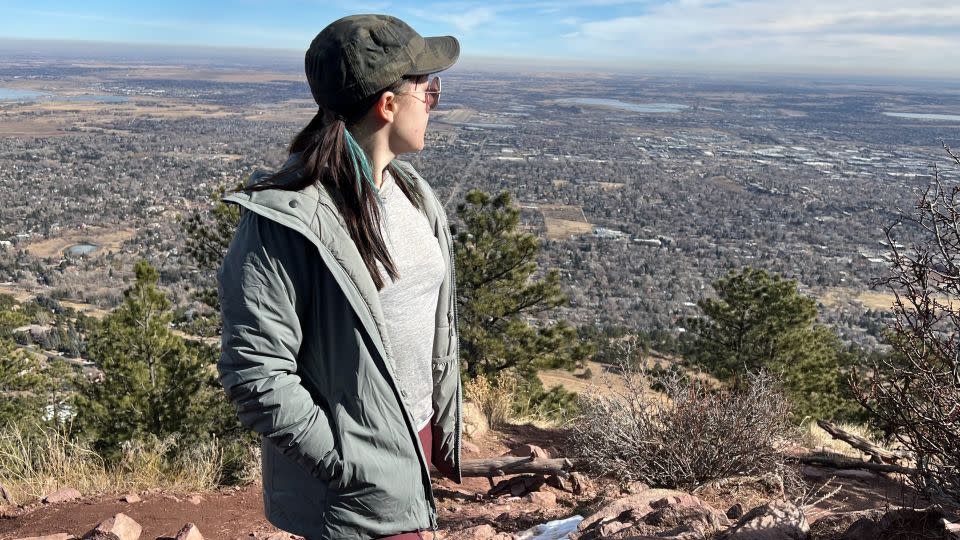
Weighing in at 1.4 pounds, the Apu Parka is more of a heavyweight puffy and a true winter coat that’s designed to keep its wearers warm in temperatures ranging from -20 to 50 degrees Fahrenheit. Personally, in my months of testing it in the Rocky Mountain foothills and on frigid morning dog walks, I found the coat to be a bit too toasty when temperatures rose above 40-45 degrees, even when I unzipped the armpit ventilation.
This is great if you plan to take the jacket on ski expeditions, snowshoeing trips and cold-weather camping journeys, but if you live in a milder climate or want something more suitable for spring and summer wear, check out Paka’s Apu Lightweight Puffer, which offers all the awesome sustainability and odor-resistance of the Parka at a fraction of the weight and cost.
How it compares
Like the more affordable (and less toasty) Ibex Wool Aire Hoodie ($285), the Apu Parka ($349) also offers a sustainable alternative to down filling, but Paka’s approach is warmer and better at managing moisture when you’re sweating your way up a mountain or if you get caught in a surprise rainstorm.
Though the Apu Parka is warmer and heavier than many of its down competitors, like Patagonia’s Down Sweater Hoodie ($329), it’s priced a bit below other belay-weight jackets, like the Patagonia Fitz Roy Down Hoodie ($399) and Arc’teryx’s Cerium Hoodie ($400).
Of course, if price is your main deciding factor, there are several packable, ultralight down puffies on the market today that aren’t quite as warm as the Apu, but they will keep you cozy in a pinch. If this sounds like what you’re after, check out the Decathlon Forclaz MT100 Hooded Down Puffer ($100) and REI Co-op’s 650 Down Jacket ($129), which is also made with sustainable materials, like Bluesign-approved ripstop nylon.
Bottom line
If you want one of the warmest, most lightweight puffies on the market today and sustainability is a priority for you, you can’t go wrong with Paka’s mindfully designed Apu Parka. Packed with a brand-new, regenerative insulation called Pakafill, this winter coat boasts loads of zippered pockets, thumb loops, pit zips and a helmet-compatible hood to help support your wildest winter adventures. Relative to its superior warmth, it’s also well-priced and excellent at managing moisture during active pursuits. In short, it’s the ultimate winter puffy.
Note: The prices above reflect the retailers' listed price at the time of publication.
For more CNN news and newsletters create an account at CNN.com

